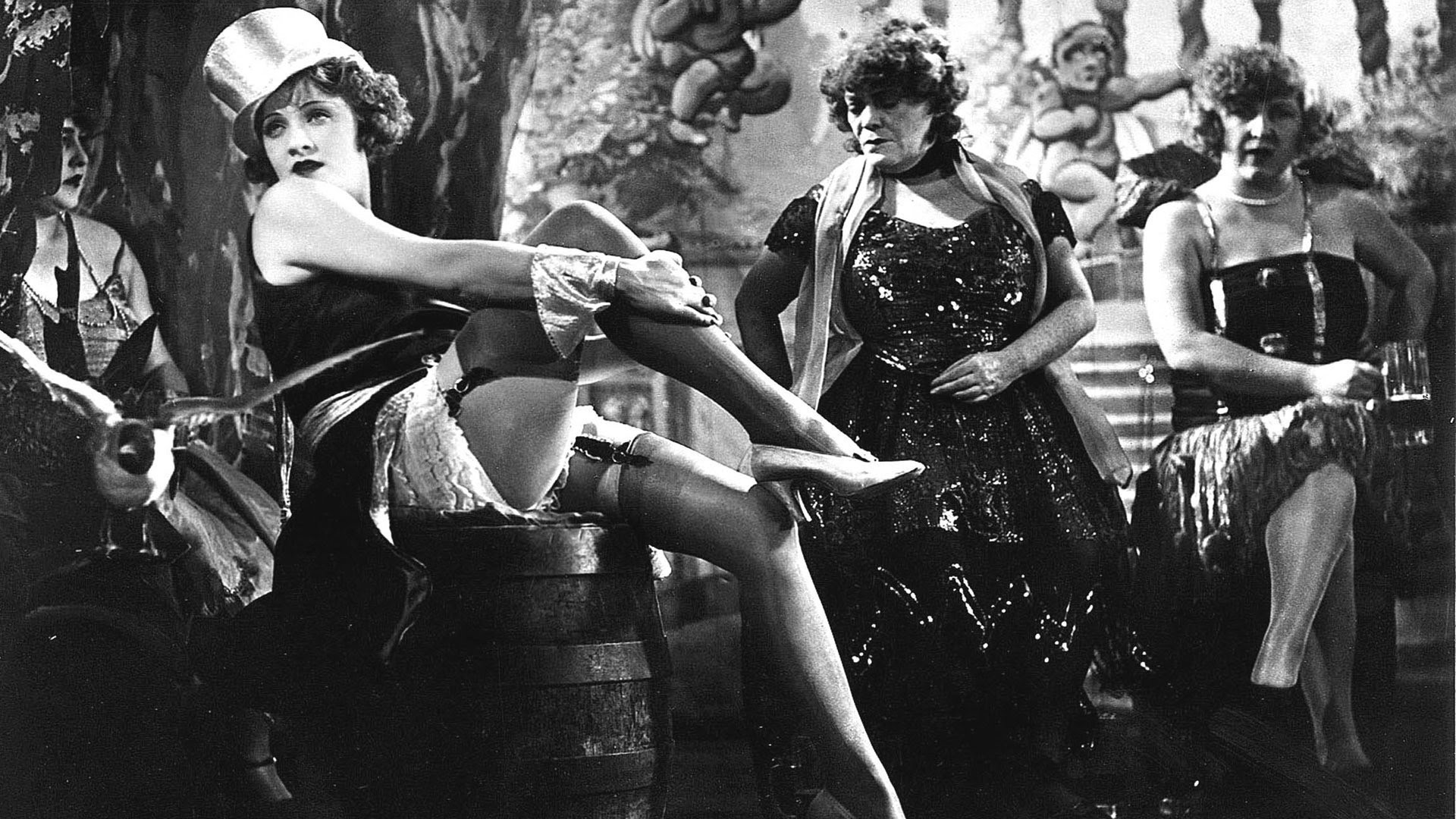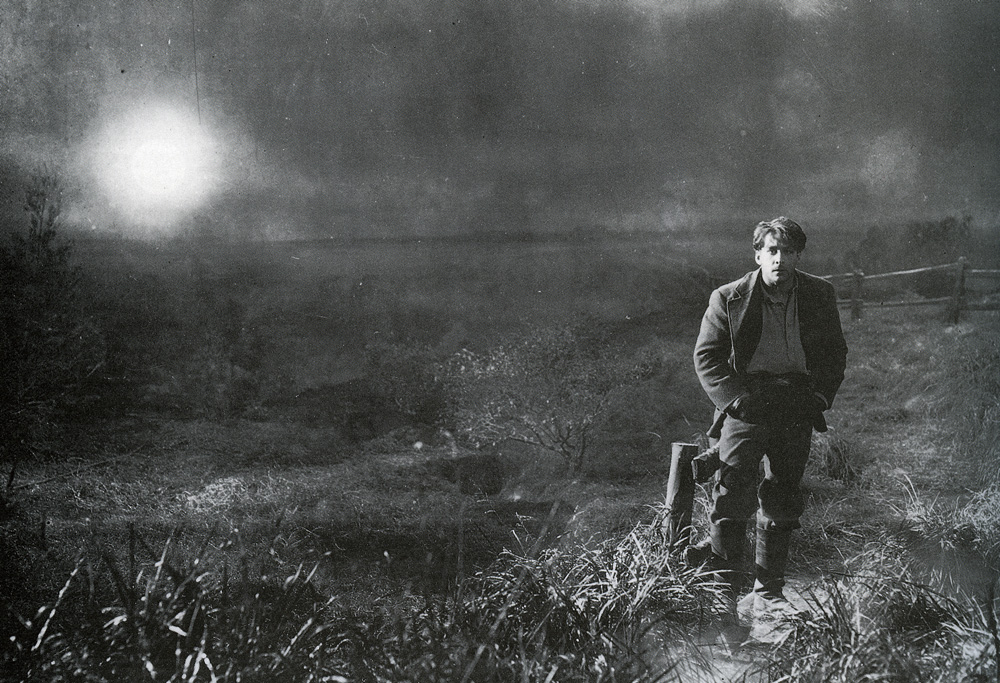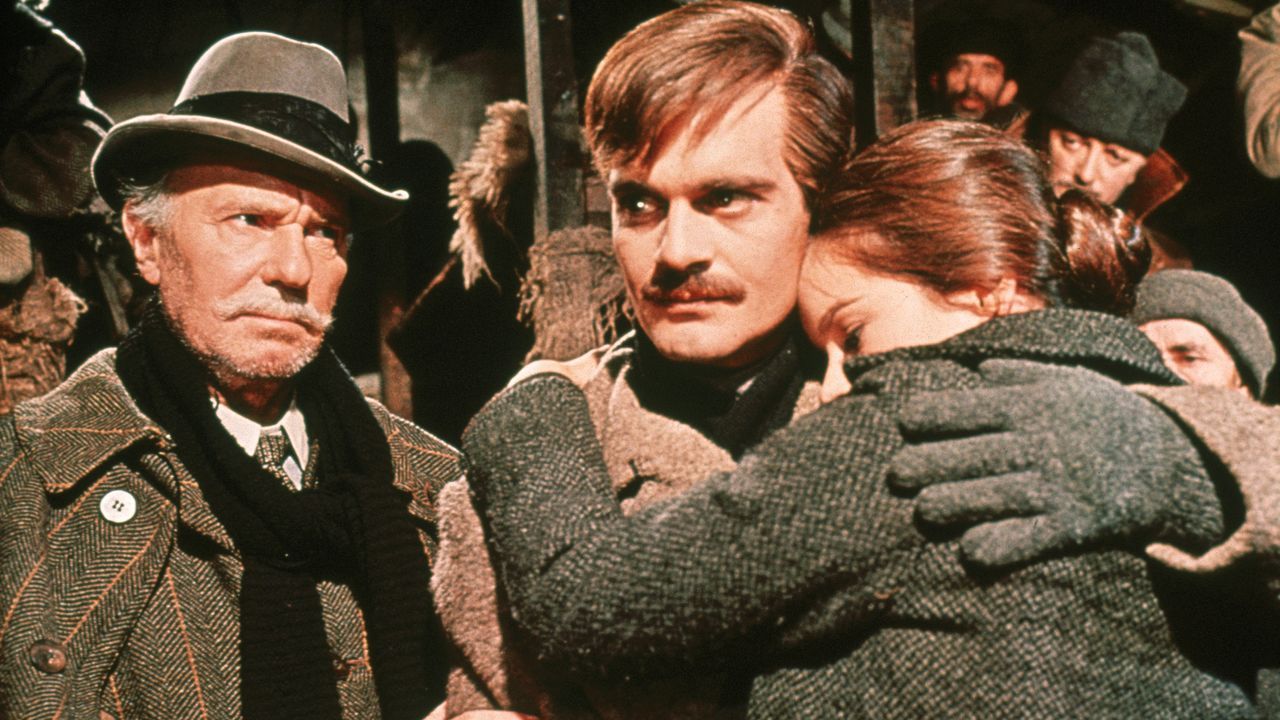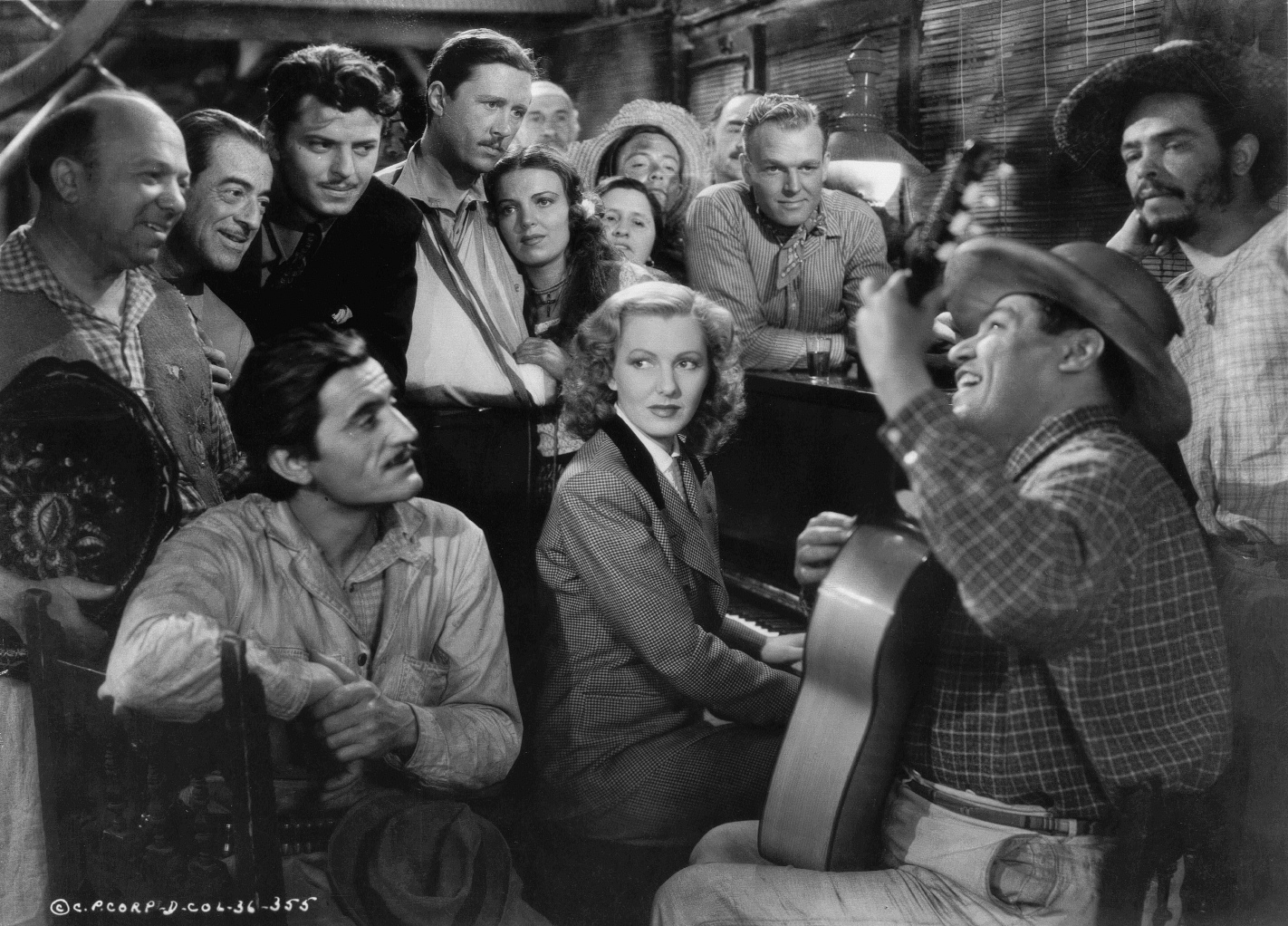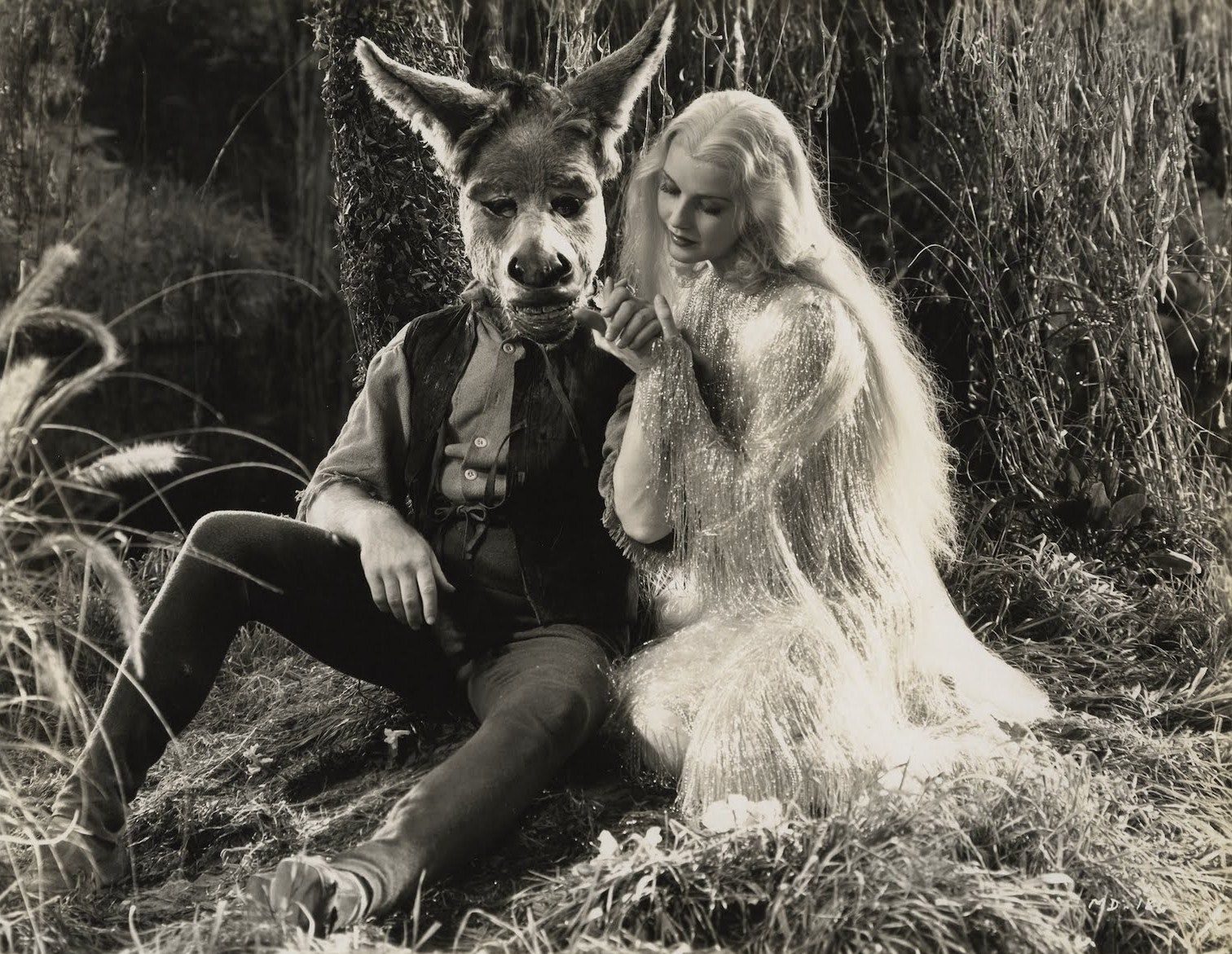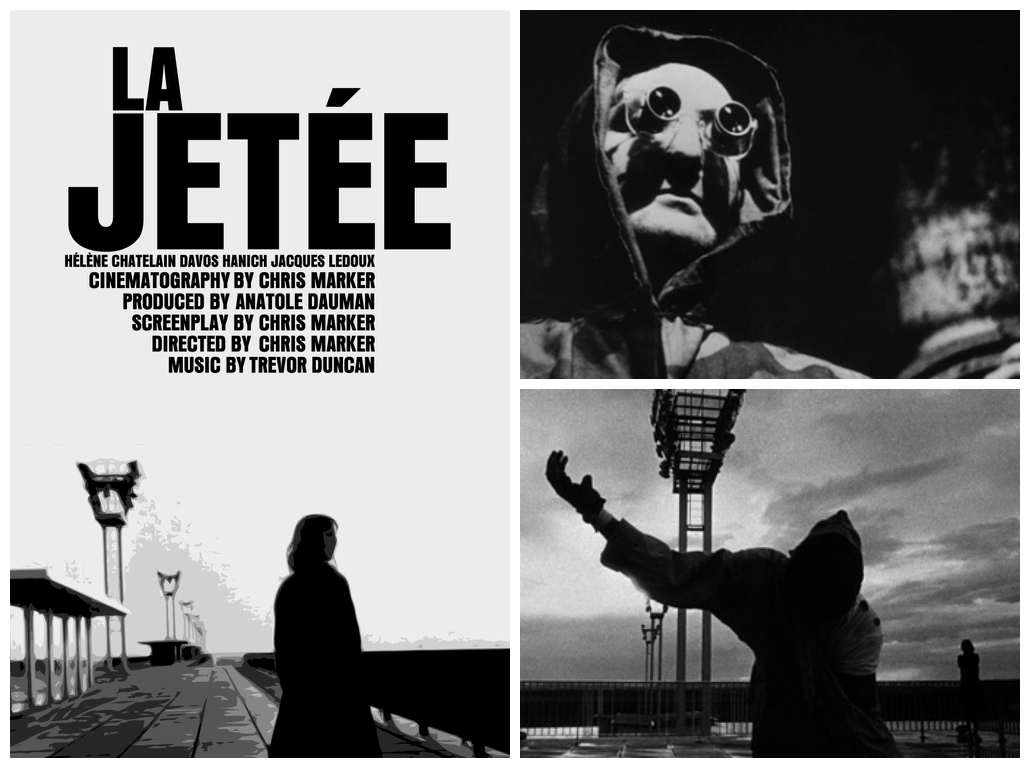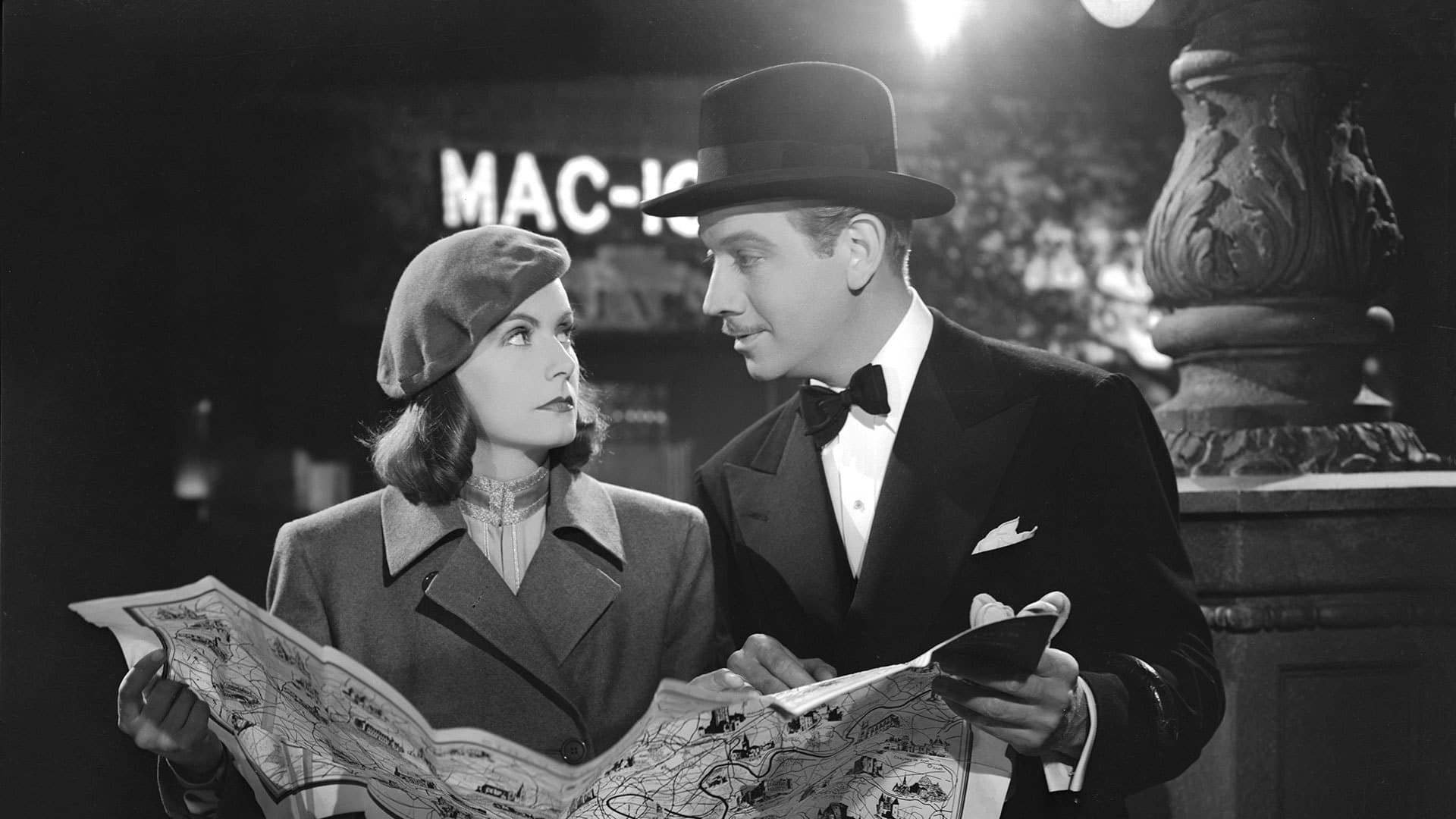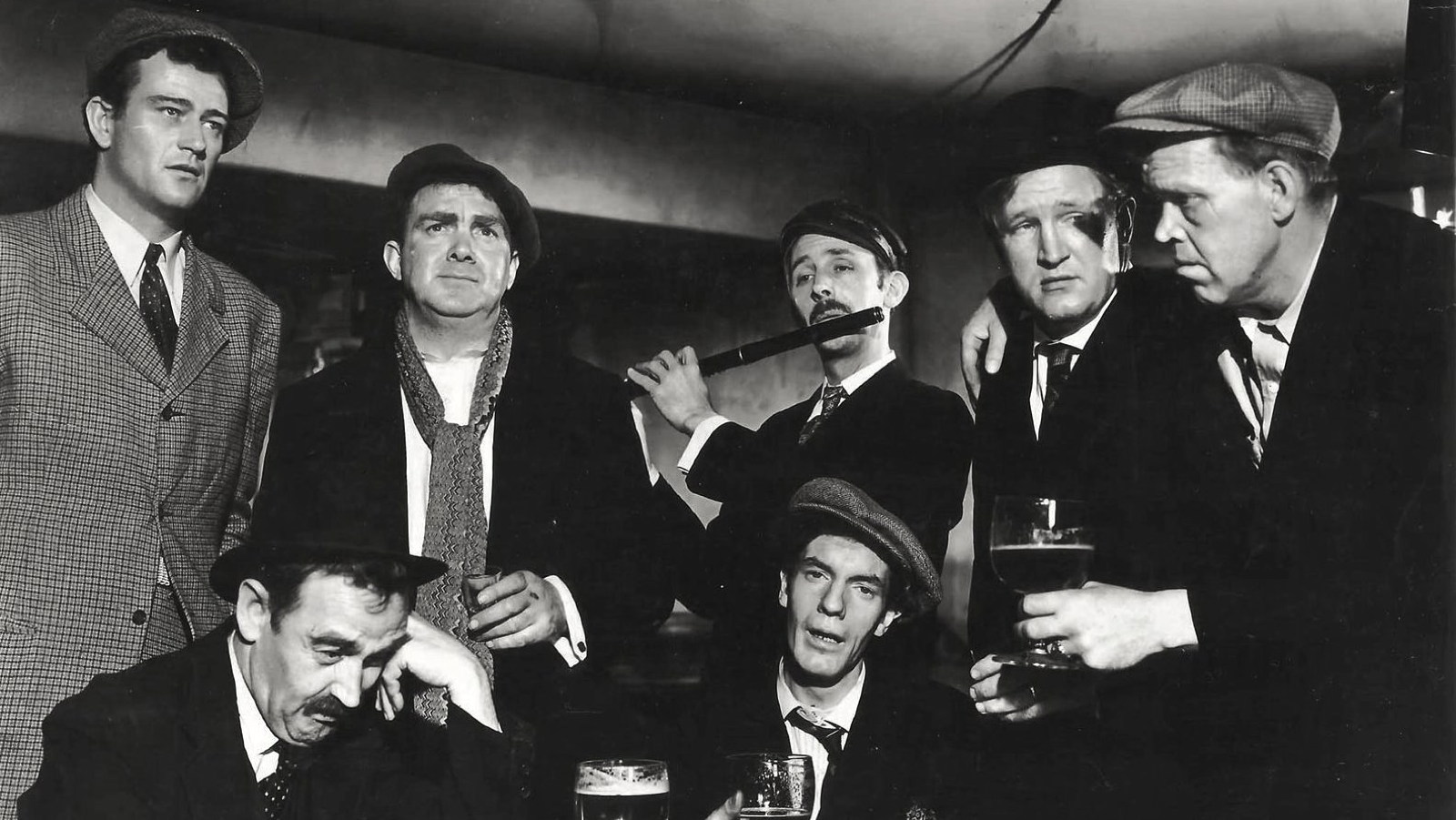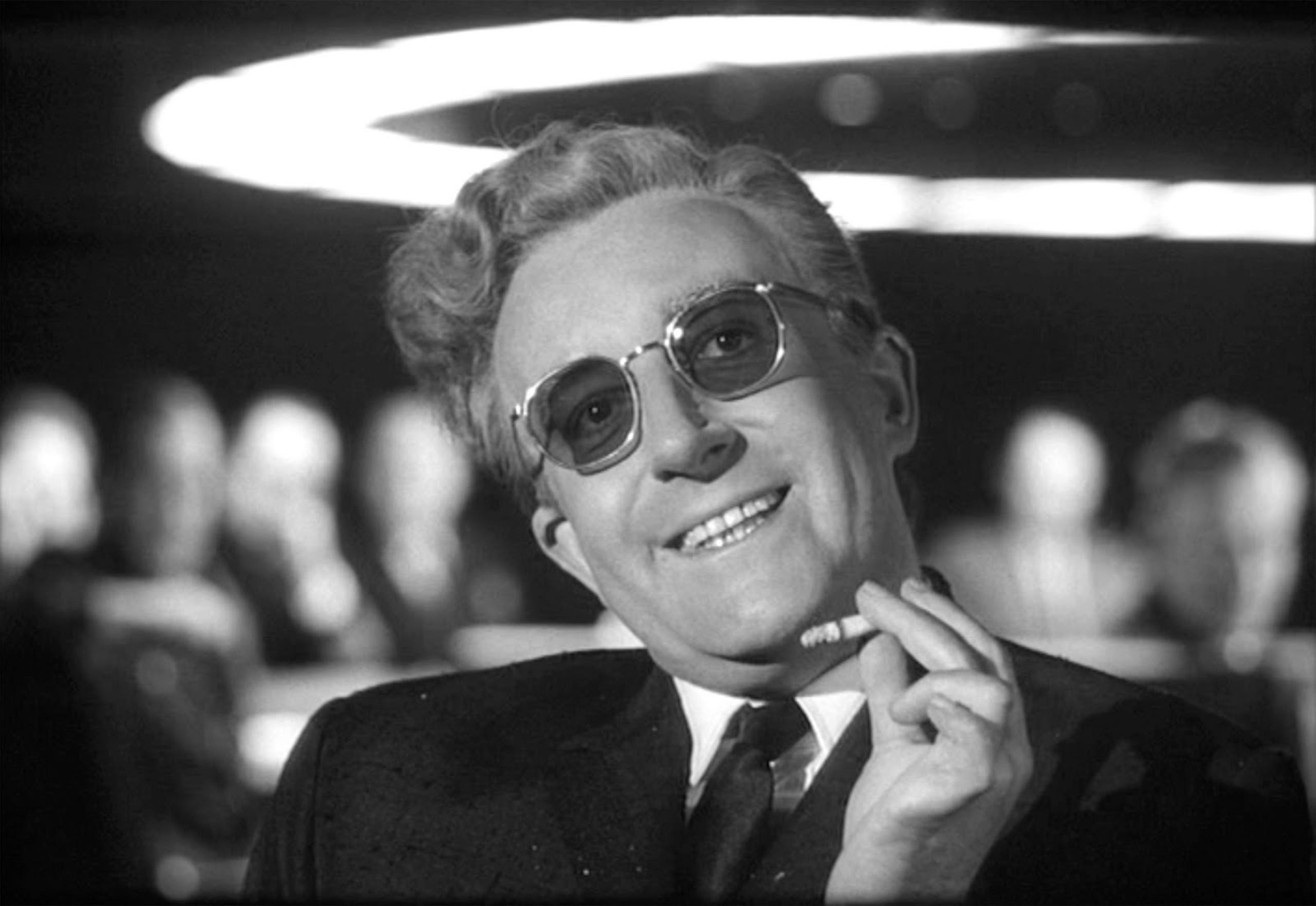Ask film buffs about director Josef von Sternberg, and you may receive a blank stare. Others assume that The Blue Angel (1930), his best known film, was probably the work that brought him to Hollywood. In fact, Sternberg had already made a name for himself in Hollywood, directing such silent gems as The Salvation Hunters (1925), Underworld (1927), Last Command (1928), and The Docks of New York (1928).
When Emil Jannings returned to the German studio Ufa following the advent of sound, he requested that Sternberg direct his first sound film. Once the script was written, Sternberg and producer Erich Pommer weren’t sure who should play the part of Lola, the cabaret singer. Ufa was about to spend half a million dollars on the production, so the casting for the part was critical. By chance, Sternberg saw Marlene Dietrich on stage in Berlin (he had attended the play to see another actor). In his book Josef von Sternberg, Herman G. Weinberg writes:
From the moment Sternberg noticed Dietrich on the stage he knew he had found his Lola, but neither she nor the heads of Ufa were sure she could do it. It took a lot of persuasion before she agreed to a screen test. Sternberg was pleased with it and Pommer, who always protected the artistic choice of his directors, approved the signing of Miss Dietrich.
The film was a big success in Germany. Sternberg had shot both German and English versions of the film. By the time it opened in the United States, Dietrich had already signed a contract with Paramount, where she and Sternberg would make six more films together: Morocco (1930), Dishonored (1931), Shanghai Express (1932), The Blonde Venus (1932), The Scarlet Empress (1934), and The Devil Is a Woman (1935).
With Sternberg’s later films at Paramount, especially The Scarlet Empress and The Devil Is a Woman, he crafted lighting techniques and a visual style that set him apart from other filmmakers. For Sternberg, the plot and characters are less important than the overall atmosphere. For lesser directors that would be a recipe for disaster, but for Sternberg, it set him free to explore and create films unlike any others, that are no less interesting than films driven primarily by plot and character.
Don’t worry, The Blue Angel doesn’t go that far. Plot and character are among its strong suits. It’s worth watching for a host of reasons, not the least of which are the outstanding performances by Emil Jannings and Marlene Dietrich. This is the film where Dietrich first sings, “Falling in Love Again.”
The Blue Angel
(1930; directed by Josef von Sternberg)
Kino Video (Blu-ray and DVD)
Sunday, February 26 at 6:00 a.m. eastern on Turner Classic Movies
